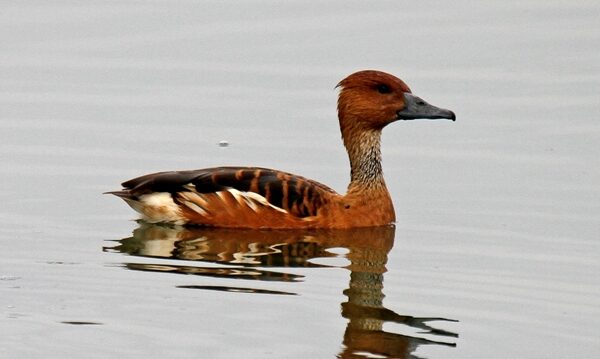Manguo swamp is a fresh wetland on the Nairobi-Naivasha Road, close to Limuru town and only 40 minutes from Nairobi’s central business district. Manguo is a local lingo that translates into hippos; however, the hippos must have fled some decades ago as the surroundings become more urban.
Before the railway line passed through Limuru town, the whole place was a big thick forest, extending from Kikuyu Escarpment Forest.
Birds in Manguo
Manguo Swamp is an amazing swamp, a wetland that is seasonal and instrumental in regulating water thus controlling flooding in the area, water flows through the ground to refill the ground. Wetlands supply us with clean water, safeguard us from floods, droughts and provide food and livelihoods to millions of people.
They support rich biodiversity and hoard more carbon than any other ecosystem Wetlands soak up rain, mitigate flooding, and delay onset of famine. They are important for climate adaptation and building resilience.
Manguo Swamp freshwater is an attraction for water birds and other creatures that would not survive in saltwater.
While it offers a laid-back morning enjoying the tranquility and the beauty of an array of birds, the swamp is home to freshwater birds and a localized duck, Maccoa duck.
The beautiful chestnut-colored males and the duller grey female keep to their edge of the swamp. Maccoa ducks have in recent times been listed as ‘near threatened’ on the IUCN red list.
These are the only African stiff tail ducks. They rarely leave the water because their legs are set far back making waddling on land uncomfortable. Rare Palearctic migrants ducks such as Gadwall and Ferruginous have been also recorded in Manguo
Manguo swamp is also a breeding grounds for the Grey-crowned Cranes, that are common in many African wetlands, which is listed by the IUCN as critically endangered because their numbers have plummeted in the recent past
Other interesting birds to see around the vegetation are;
Malachite Sunbird ( an altitudinal) which normally changes habitat during the cold season, the Golden-winged Sunbird, Eastern and Northern Sunbirds are also easily seen.
Raptors such as the Augur Buzzard are normally seen hovering above searching for mole rats below, Ayres’s Hawk-Eagle has been recorded too.
Early morning is the best time to visit Manguo swamp to see the exciting bird species
Common Birds Manguo Swamp
White-faced Whistling-Duck
Egyptian Goose
Hottentot Teal
Yellow-billed Duck
Red-billed Duck 6
Little Grebe
Red-eyed Dove
Eurasian Moorhen
Red-knobbed Coot
Black-winged Stilt
Blacksmith Lapwing
African Jacana
Little Stint
Common Sandpiper
Wood Sandpiper
Yellow-billed Stork
Hamerkop
Black-headed Heron
Intermediate Egret
Cattle Egret
Glossy Ibis
African Sacred Ibis
Hadada Ibis
African Spoonbill
Speckled Mousebird
Cinnamon-chested Bee-eater
Tropical Boubou
African Paradise-Flycatcher
Pied Crow
Green-backed Camaroptera
African Harrier-Hawk
Yellow-breasted Apalis
Hunter’s Cisticola
Lesser Swamp Warbler
Little Rush-Warbler
Plain Martin
Rock Martin
Red-rumped Swallow
Black Sawwing
Common Bulbul
Kikuyu White-eye
Abyssinian Thrush
African Dusky Flycatcher
White-eyed Slaty-Flycatcher
Cape Robin-Chat
African Stonechat
Bronze Sunbird
Eastern Double-collared Sunbird
Variable Sunbird
Baglafecht Weaver
Holub’s Golden-Weaver
Speke’s Weaver
Village Weaver
Northern Double-collared Sunbird
Common Waxbill
Red-billed Firefinch
Pin-tailed Whydah
House Sparrow
Kenya Rufous Sparrow
Cape Wagtail
African Pied Wagtail
African Pipit
Streaky Seedeater
Yellow-crowned Canary




